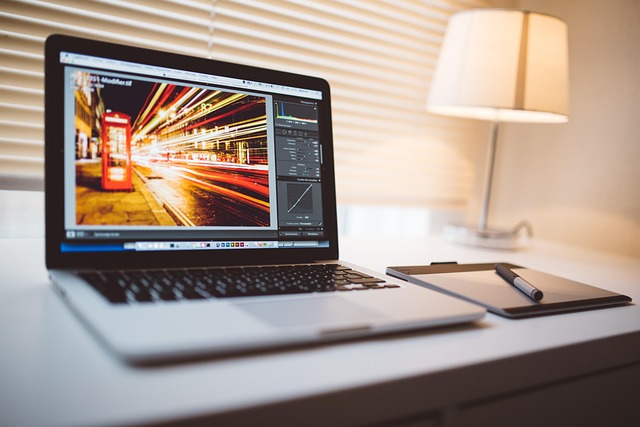The aspect ratio is more than just a numerical representation; it’s a gateway into the visual world of modern technology. When we engage with various display devices—be it a TV, computer monitor, or even mobile screens—the aspect ratio significantly shapes our viewing experience. It’s essential to understand how to optimize your content for these cutting-edge display technologies to make the most out of your visuals.
In the realm of television, the transition from standard definition to high definition, and now to 4K and 8K resolutions has brought about an evolution in aspect ratios. Most commonly, the 16:9 aspect ratio has become the standard for HD TVs, which offers a perfect blend of width and height for cinematic experiences. However, the rise of ultra-wide monitors and displays may bring aspects of content creation into question, as they often feature unique aspect ratios such as 21:9. It’s crucial for content creators to adapt their visuals accordingly; imagine watching your favorite movie only to discover it’s cropped and not framed for the large, immersive screen that’s now part of your living room.
As computer monitors have evolved, the aspect ratio has gained newfound importance, especially in creative fields such as graphic design, video editing, and gaming. A 16:10 ratio, for instance, often provides additional vertical space which can be particularly beneficial for professionals working with multiple windows or long documents. Understanding the nuances of aspect ratios can mean the difference between a cluttered workspace and a fluid, visually appealing workspace, allowing for optimal creativity and efficiency.
Furthermore, with emerging display technologies like OLED and curved screens, the need for an aspect ratio that accommodates these formats cannot be underestimated. Content that is mastered in the right aspect ratio will not only ensure that it is presented accurately but will also provide a more immersive experience. Viewers are more likely to engage with visuals that are optimized for their screens, leading to deeper emotional connections to the content being displayed.
With advancements in display technology, such as HDR and higher refresh rates, the impact of aspect ratios continues to grow. As you create content for various platforms, you need to consider how your visuals will be perceived across devices. Whether it’s a stunning landscape shot or a detailed infograph, the aspect ratio will determine how well your message gets across. Learning to master this concept is essential for anyone looking to excel in today’s visual content landscape.
In conclusion, the mastery of aspect ratios is not just a technical requirement; it’s a crucial element that reflects our understanding of how viewers consume content across a plethora of display technologies. By optimizing your visuals for the right aspect ratios, you are ensuring that your message is communicated effectively, creating an enriching experience for your audience. The world of visual content is vast, and with the right knowledge of display technology and aspect ratios, you can navigate this landscape with confidence.




